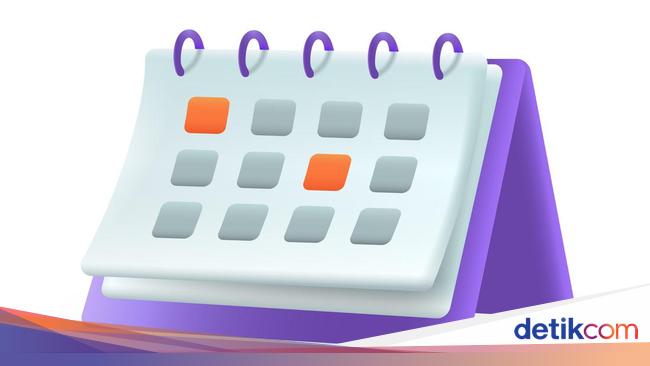 Taking out a HELOC without paying for closing costs may sound like a good deal, but there are a few caveats to note first.
Getty Images
Taking out a HELOC without paying for closing costs may sound like a good deal, but there are a few caveats to note first.
Getty Images
Interest in tapping home equity has remained high over the last several years, and for good reason. Thanks to years of rising home values, homeowners are sitting on very high levels of equity right now, and at an average of over $300,000 per household, there are a lot of ways to put that value to work. And, while there are a few different ways to tap into that equity, home equity lines of credit (HELOCs), in particular, are a popular option for everything from home improvements to consolidating debt or even covering big-ticket expenses like college tuition.
But with borrowing costs still higher than in years past, no-closing-cost HELOCs, in particular, are grabbing the attention of homeowners who are looking to save a little extra upfront. And, at first glance, these products seem like a win-win: You avoid shelling out hundreds or thousands of dollars in closing costs, which can make taking out a HELOC more affordable in the short term. But as with most financial products, there's more to the story, and that additional context could cost you more than you bargained for — literally.
So, before you start searching for no-closing-cost HELOC lenders, it's important to know how these types of HELOCs really work and what trade-offs may be lurking beneath the surface this month.
Compare your home equity borrowing options and find the right fit now.
No-closing-cost HELOCs: 5 things to know before borrowing this July
Does the idea of a no-closing-cost HELOC sound intriguing? Here are some important things to keep in mind before borrowing:
There are still closing costs to account for — but they aren't paid upfront
Don't let the name fool you. Taking out a no-closing-cost HELOC doesn't mean your lender is waiving those fees entirely. The closing costs, which include things like application fees, appraisal charges and origination fees, are typically rolled into your line of credit or covered by the lender in exchange for a higher interest rate instead. Or, in some cases, the lender may recoup those fees by charging you if you close the line early. You need to make sure that you understand how the lender structures these costs so you aren't caught off guard later.
Learn how affordable the right HELOC or home equity loan could be today.
The break-even point matters more than you may think
If your lender is rolling the closing costs into your line of credit via a higher interest rate, you'll want to calculate when you'll break even compared to paying those costs upfront. For example, if you're borrowing $50,000 and your rate is 0.5% higher on a no-closing-cost HELOC, you'll pay an extra $250 per year in interest. If the typical closing costs would have been $3,000, it would take 12 years to break even on the extra costs. If you plan to pay off the line sooner, you might be better off paying the closing costs upfront.
Rate structures vary significantly between lenders
Some no-closing-cost HELOCs start with promotional rates that jump after an introductory period, while others maintain consistent variable rates tied to the prime rate. Pay close attention to how your rate will adjust over time and what caps exist on rate increases. A slightly higher starting rate might be worth it if it comes with better long-term rate protection.
Credit and borrowing requirements are often stricter
Since lenders are absorbing upfront costs, they typically want to work with borrowers who are considered to be lower risk. This often means higher credit score requirements (usually 700 or above), lower debt-to-income ratios and sometimes higher equity amounts. If your credit profile isn't stellar, you might find better options with a traditional HELOC where you pay closing costs upfront.
Reading the fine print on repayment penalties is crucial
Most no-closing-cost HELOCs include clawback provisions that require you to reimburse closing costs if you pay off the line before a certain date. These periods typically range from three to five years, but some extend longer, so make sure you understand exactly when these penalties kick in and how much you'd owe if you do pay off your line of credit before it's due. And, you should also note that some lenders may also impose penalties for paying down large portions of your balance early, not just for closing the entire line.
Other options for tapping home equity
When evaluating no-closing-cost HELOCs against traditional options, consider your specific timeline and borrowing needs. If you're planning a short-term project and expect to pay off the line within a few years, a traditional HELOC with upfront costs might save you money. However, if you want ongoing access to credit for multiple projects or expect to carry a balance for many years, the no-closing-cost option could work in your favor.
You also have other options if you decide that neither type of HELOC will fit your situation. For example, a cash-out refinance lets you replace your existing mortgage with a larger one and take the difference in cash, but you'll pay closing costs and could replace a lower mortgage rate with a higher one. Or, a home equity loan lets you borrow a lump sum at a fixed rate, which can be ideal if you prefer predictable payments. And for smaller expenses, a personal loan might offer a faster (though typically more expensive) path to funding.
The bottom line
No-closing-cost HELOCs can be a smart tool for the right borrower, but only if you understand how the "no-cost" feature really works. These products often shift costs in ways that aren't obvious at first glance, so weigh the potential savings against any higher rates, penalties or fees. Before committing, you should also compare offers from multiple lenders and consider how long you plan to keep the HELOC open. With a little due diligence, you can decide whether this option fits your financial goals or whether a traditional HELOC or another borrowing strategy makes more sense.
Angelica Leicht is the senior editor for the Managing Your Money section for CBSNews.com, where she writes and edits articles on a range of personal finance topics. Angelica previously held editing roles at The Simple Dollar, Interest, HousingWire and other financial publications.


















































